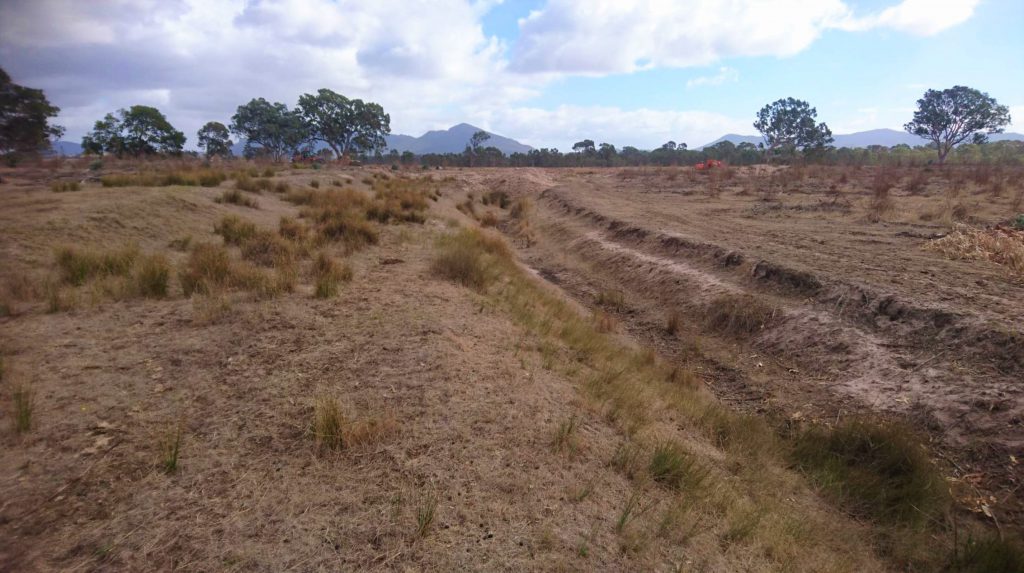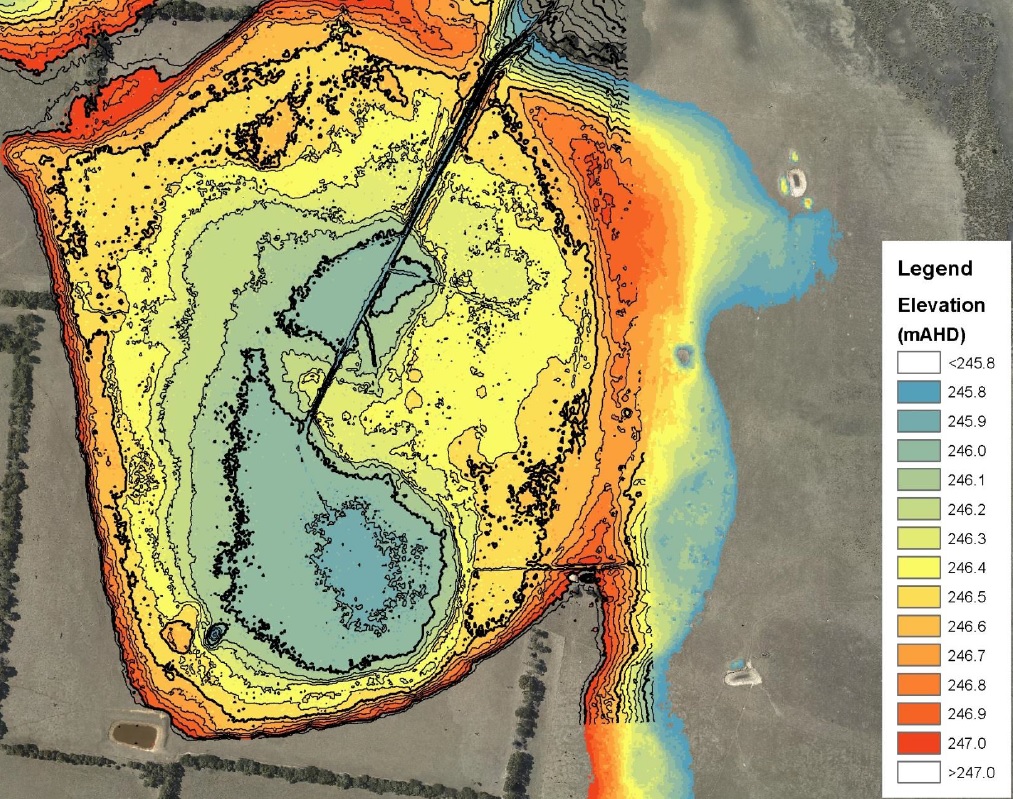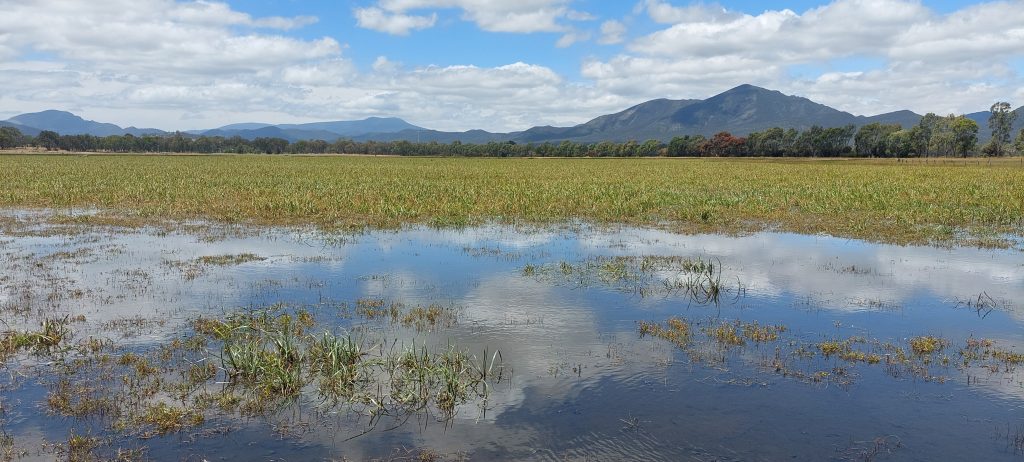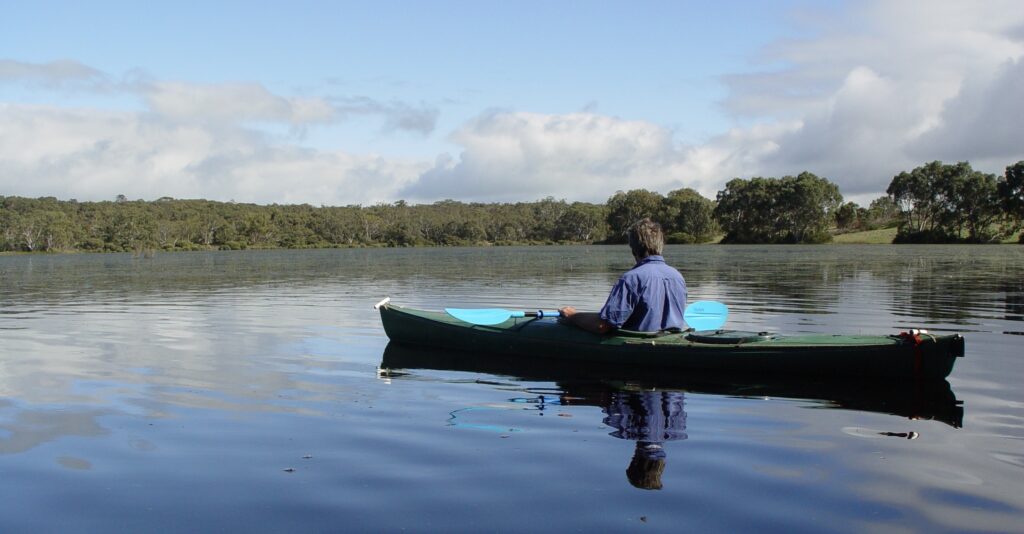NGT’s Wetland Restoration Program on private land is back!
Are you a private landholder interested in helping to rehydrate the Australian landscape?
If so, and you have a drained, privately owned wetland that might benefit from reinstatement of its natural water level – then please read on…
Nature Glenelg Trust’s Wetland Restoration Program on private land is back, and we are here to help you!
While many former wetlands have been modified for agriculture, and in some cases for a very long time, our previous work to restore wetlands on farmland and other private land has delivered some spectacular results. As we have talked about many times over the years, wetlands are truly fascinating ecosystems that have some distinct natural advantages, making them prime candidates for restoration.
There are a number of reasons you might consider restoring a wetland on your property, including:
- To have a place for the family to enjoy the view, birdwatch or for the kids to find tadpoles
- To provide a cooler, greener space and natural firebreak on your farm
- To hold more water in the landscape, protect downstream areas from flooding and potentially recharge groundwater
- To watch the spontaneous recovery of wetland plants and animals (fish, frogs and birds) unfold, noting that threatened species will often return of their own accord
- To create a place with potential value under future carbon or nature repair markets, biodiversity offsets, or to meet environmental stewardship and/or certification requirements
Things to look out for on your property, which indicate you may have a former wetland that has been modified, include the presence of excavated cuttings through natural embankments, or networks of artificial channels through low-lying flat areas or depressions that get saturated (or even partially inundate) in the winter. Artificial drainage channels are also often cut in straight lines, and will usually have an adjacent earthen spoil bank from the time of construction, which is not a feature of natural waterways.


If this sounds like it matches an area on your place, and the drains on your property still run with water reliably most years, then it would be great to hear from you as you likely have a wetland area worth investigating.
We don’t rush things, and will spend the time it takes to get to know you and your site, working together to assess its potential suitability for future hydrological restoration. Then, if we discover that your site is a good candidate for restoration, we will explore the potential options with you.
For an example of what wetland restoration scenario-testing can look like at a standard wetland basin that has been drained, where we use digital elevation data to predict post-restoration water depth and extent, please see the image right.
Finally, if you are keen to proceed, our commitment is to identify and secure funding to ensure all the necessary planning and restoration works can be completed at your wetland.
An initial focal area where we are now resourced to undertake works is in western Victoria (thanks to our partners at Odonata Foundation), but we are also interested to hear from and visit landholders in other parts of Victoria, South Australia and Tasmania, where we are also active in wetland restoration activities.
If you are keen to have a chat or for more information, please contact the relevant NGT wetland restoration ecologist based in your state:
Victoria:
Ayesha – (0429 021 500)
South Australia:
Ben – (0434 620 646)
Tasmania:
Bec – (0407 471 453)
National:
Mark – (0421 97 8181)
PS – to give you a feel for what hydrological restoration can involve or look like, at a range of different sites and types of wetlands, the embedded video below (recorded at the 2021 Tasmanian Landcare Conference from this previous story) will provide some useful background to get you started.
You can also read more about NGT’s track record of working with private landholders to restore wetlands here.
The Wetland Restoration Program on private land is an initiative of Nature Glenelg Trust.



